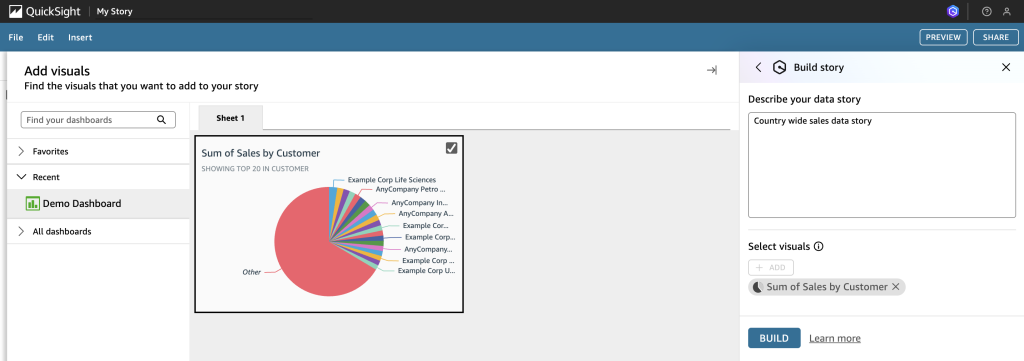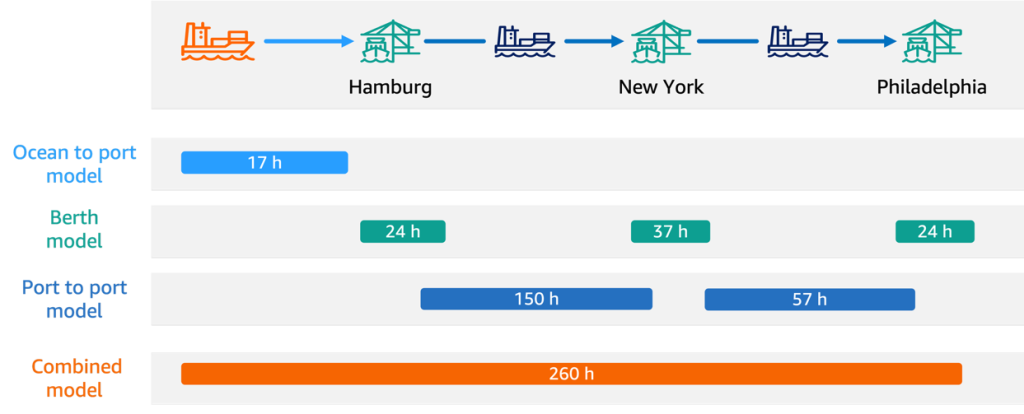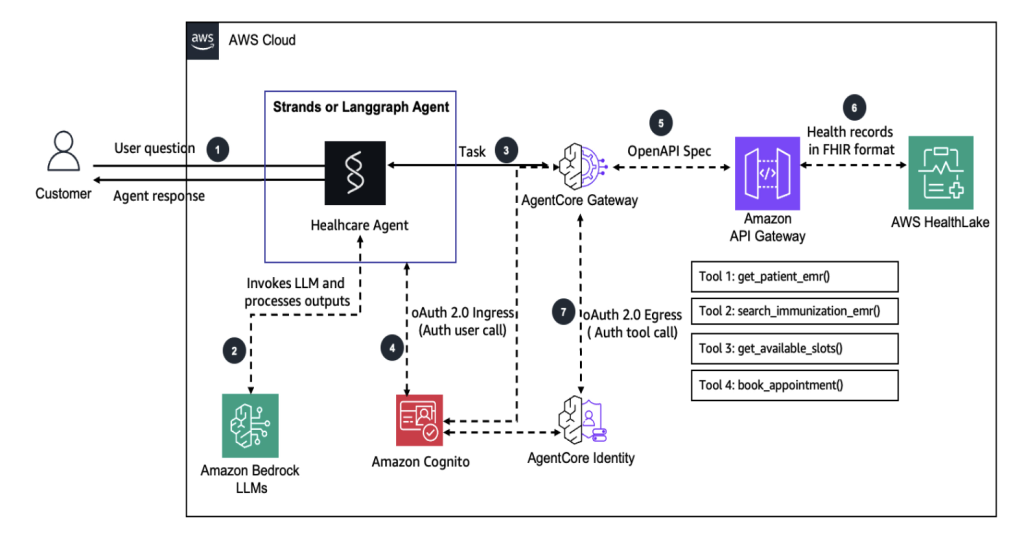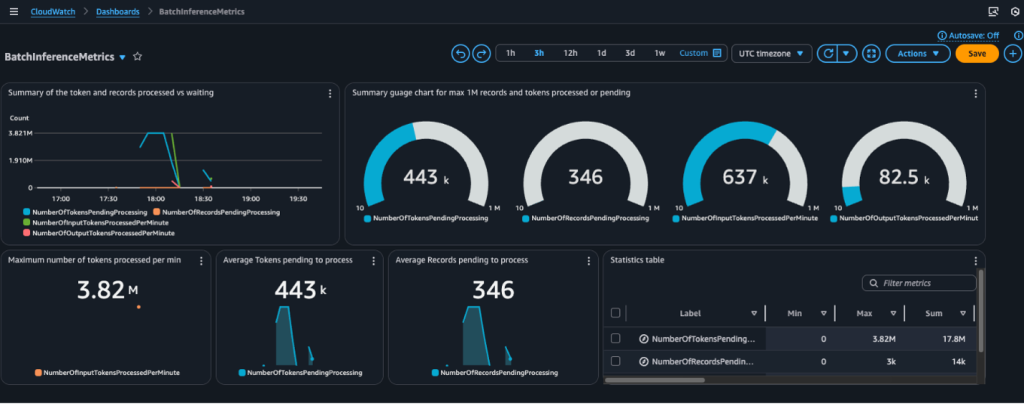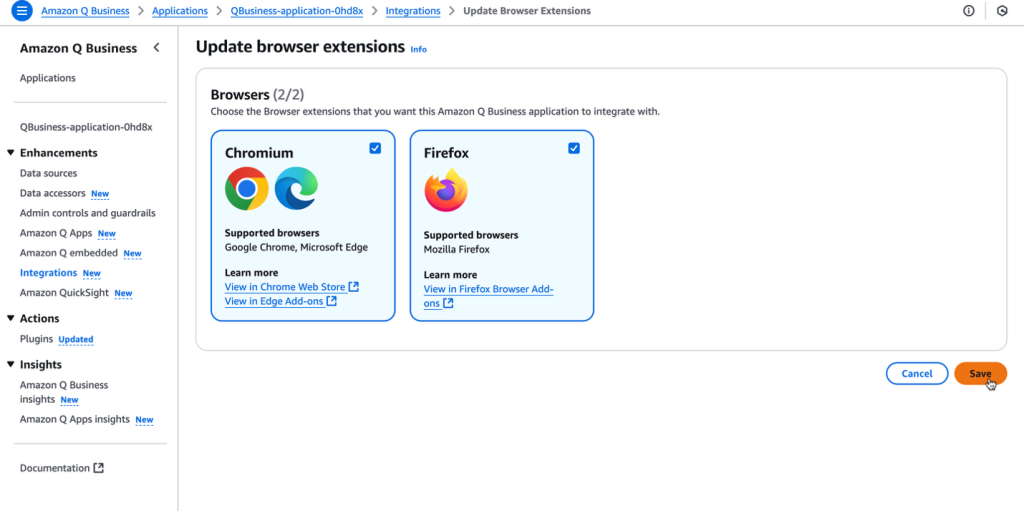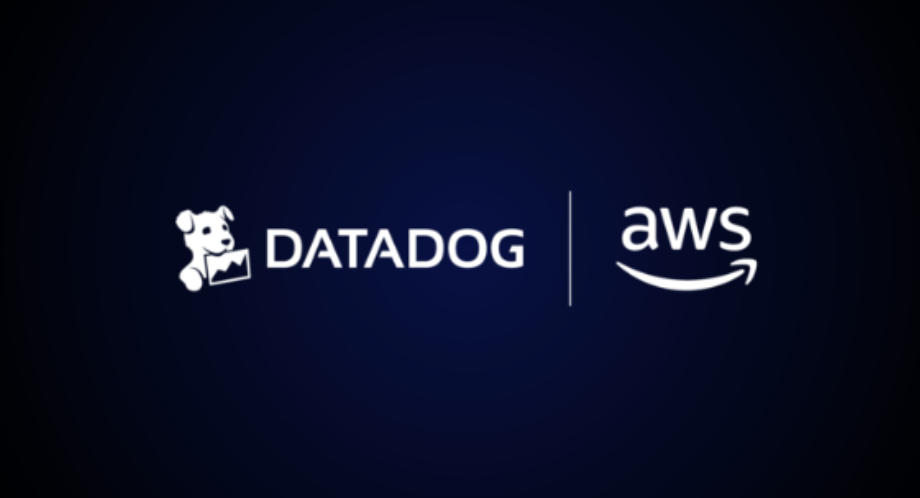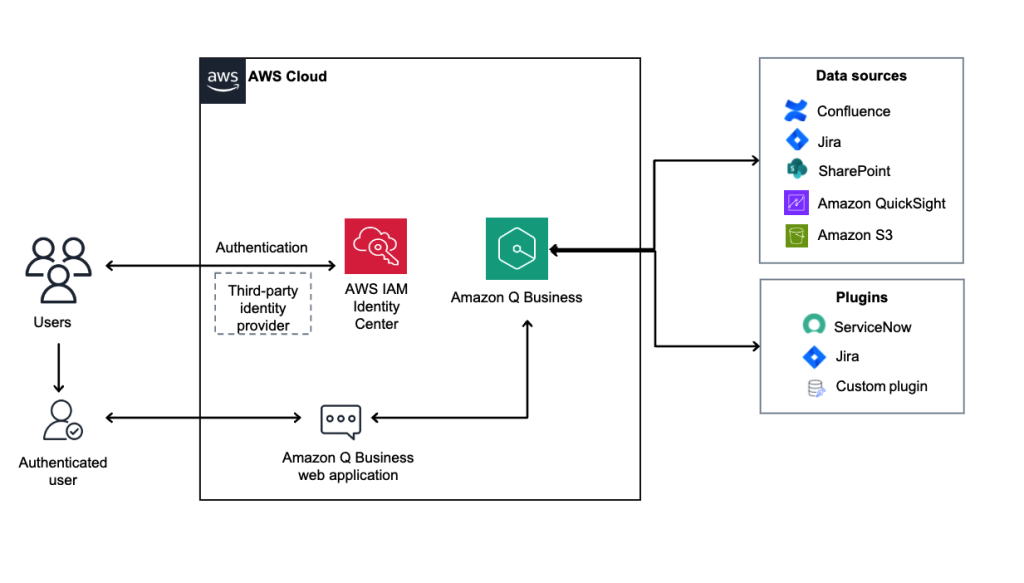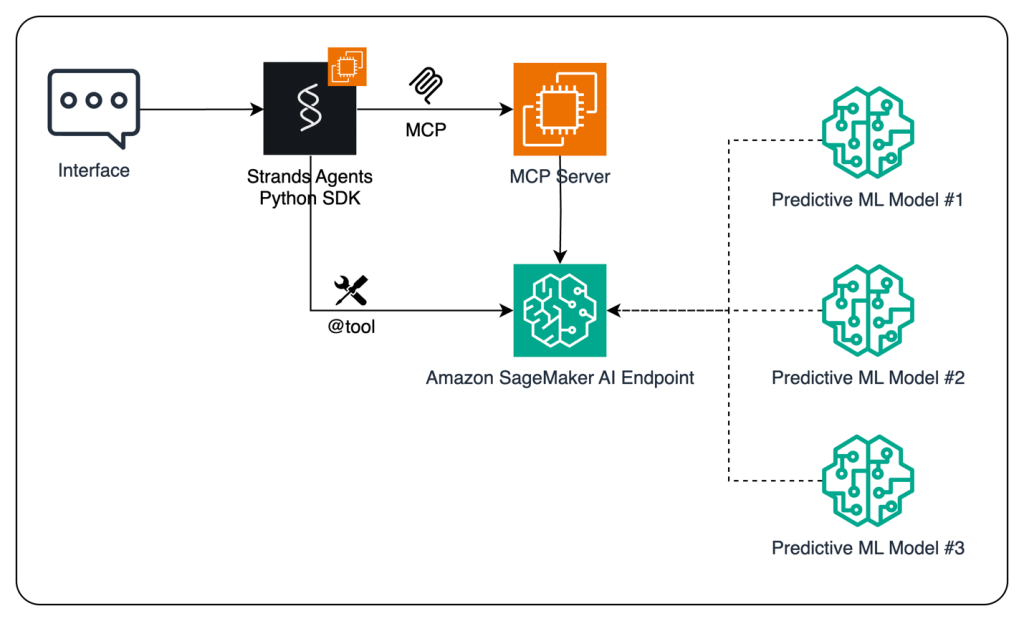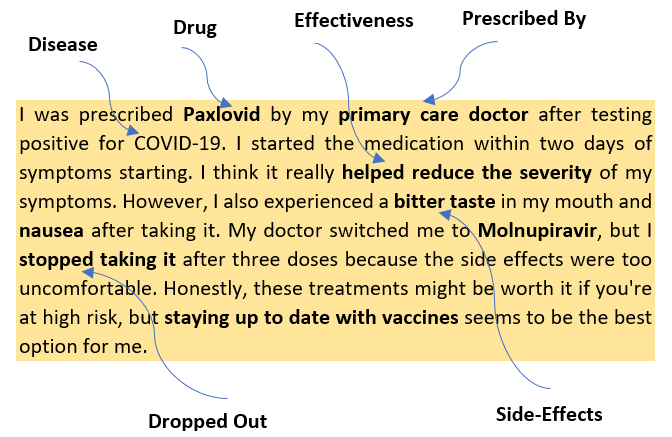Artificial Intelligence
Tag: AI/ML
Automate Amazon QuickSight data stories creation with agentic AI using Amazon Nova Act
In this post, we demonstrate how Amazon Nova Act automates QuickSight data story creation, saving time so you can focus on making critical, data-driven business decisions.
How Hapag-Lloyd improved schedule reliability with ML-powered vessel schedule predictions using Amazon SageMaker
In this post, we share how Hapag-Lloyd developed and implemented a machine learning (ML)-powered assistant predicting vessel arrival and departure times that revolutionizes their schedule planning. By using Amazon SageMaker AI and implementing robust MLOps practices, Hapag-Lloyd has enhanced its schedule reliability—a key performance indicator in the industry and quality promise to their customers.
Building health care agents using Amazon Bedrock AgentCore
In this solution, we demonstrate how the user (a parent) can interact with a Strands or LangGraph agent in conversational style and get information about the immunization history and schedule of their child, inquire about the available slots, and book appointments. With some changes, AI agents can be made event-driven so that they can automatically send reminders, book appointments, and so on.
Monitor Amazon Bedrock batch inference using Amazon CloudWatch metrics
In this post, we explore how to monitor and manage Amazon Bedrock batch inference jobs using Amazon CloudWatch metrics, alarms, and dashboards to optimize performance, cost, and operational efficiency.
Supercharge your organization’s productivity with the Amazon Q Business browser extension
In this post, we showed how to use the Amazon Q Business browser extension to give your team seamless access to AI-driven insights and assistance. The browser extension is now available in US East (N. Virginia) and US West (Oregon) AWS Regions for Mozilla, Google Chrome, and Microsoft Edge as part of the Lite Subscription.
Detect Amazon Bedrock misconfigurations with Datadog Cloud Security
We’re excited to announce new security capabilities in Datadog Cloud Security that can help you detect and remediate Amazon Bedrock misconfigurations before they become security incidents. This integration helps organizations embed robust security controls and secure their use of the powerful capabilities of Amazon Bedrock by offering three critical advantages: holistic AI security by integrating AI security into your broader cloud security strategy, real-time risk detection through identifying potential AI-related security issues as they emerge, and simplified compliance to help meet evolving AI regulations with pre-built detections.
Accelerate enterprise AI implementations with Amazon Q Business
Amazon Q Business offers AWS customers a scalable and comprehensive solution for enhancing business processes across their organization. By carefully evaluating your use cases, following implementation best practices, and using the architectural guidance provided in this post, you can deploy Amazon Q Business to transform your enterprise productivity. The key to success lies in starting small, proving value quickly, and scaling systematically across your organization.
Speed up delivery of ML workloads using Code Editor in Amazon SageMaker Unified Studio
In this post, we walk through how you can use the new Code Editor and multiple spaces support in SageMaker Unified Studio. The sample solution shows how to develop an ML pipeline that automates the typical end-to-end ML activities to build, train, evaluate, and (optionally) deploy an ML model.
Enhance AI agents using predictive ML models with Amazon SageMaker AI and Model Context Protocol (MCP)
In this post, we demonstrate how to enhance AI agents’ capabilities by integrating predictive ML models using Amazon SageMaker AI and the MCP. By using the open source Strands Agents SDK and the flexible deployment options of SageMaker AI, developers can create sophisticated AI applications that combine conversational AI with powerful predictive analytics capabilities.
How Indegene’s AI-powered social intelligence for life sciences turns social media conversations into insights
This post explores how Indegene’s Social Intelligence Solution uses advanced AI to help life sciences companies extract valuable insights from digital healthcare conversations. Built on AWS technology, the solution addresses the growing preference of HCPs for digital channels while overcoming the challenges of analyzing complex medical discussions on a scale.
